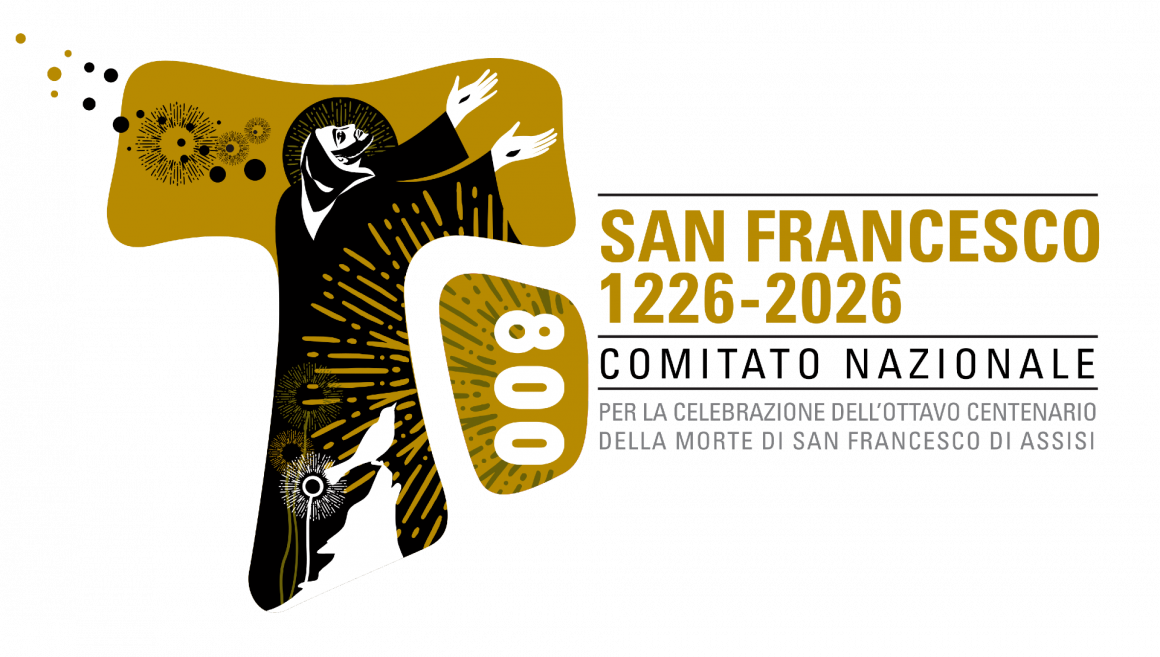Thank you all. We are truly delighted that today, on the eve of his Feast Day, a statue of Saint Francis masterfully crafted by the Italian sculptor Marianna Costi welcomes all visitors entering the Italy Pavilion at Expo in Osaka. The National Committee for the celebrations of Saint Francis, marking 800 years since his passing, has launched an extensive international program of initiatives, and this occasion shines with particular importance and meaning.
Saint Francis of Assisi, the Patron Saint of Italy and one of the first poets in the Italian language.
He stands as the most venerated Christian saint across the globe. His figure has been a profoùnd source of
inspiration, giving – rise to monumental movements in faith, spirituality, art, economics, and the sciences.
Dante Alighieri was devoted to him; Giotto revolutionized art in Assisi under his influence; the inventor of the “double-
entry bookkeeping” system, a cornerstone of modern economics the mathematìcian Luca Pacioli, a friend of Leonardo da Vinci was a Franciscan; Robert Schuman, one of the founders of the European Union, was deeply closed to him and great cities such as San Francisco and Los Angeles bear his name. Countless are the signs of his sanctity that continue to resonate today, inspiring, both renowned and unknown acts of fraternity, charity,
and love. I extend my profound gratitude to the organizers of this event, which is under the auspices of the
Committee, dedicated as it is to forging a lasting legacy both tangible and intangible that affirms the enduring significance of Saint Francis in our contemporary world. I would like to highlight two defining elements of his essence. The first one is the profound sense of humility before the mysterious Creator of life namely the importance of feeling like a small, yet beloved, creature. Therefore, for this very reason, he is a creature capable of loving the world, our fellow beings, and all creation, without the restless urge to possess them as his own. Love and possession are not the same and the distinction between them is the very heart of Saint Francis’s poverty. It entails no scorn for things and the goods of the world. He loves God, and therefore loves the world and all its creatures more deeply.
Today, more than ever, we all need to love more and to learn and discern with clarity the difference between love and possession. Medieval poets sang about this, and all the great poets of the world sing about it. In his “Canticle of the Creatures,” Saint Francis praises God for His creations, which are Signs of the Mystery by which the world was brought forth, and thus they are worthy of love. As all great poets, from Lucretius to Leopardi, from Pushkin to Rumi, Saint Francis knows that what we now call “nature” (from the Latin natus, meaning “that which is born into life”) is neither good nor evil in itself.
It depends on how we look at it, with what perspective and desire. To possess it? Or to love it, seeking our own
place within a cosmos, within an organism of which we are not the master, but humble participants and
beneficiaries? Saint Francis is not a naive environmentalist, but a lover who knows the secret of the world.
The second element is fraternity — the faith in mercy and forgiveness as the very pillars of friendship
and relationship with others. First and foremost with his friars and with sisters, such as Saint Clare. An heir and
interpreter of great Eastern and European spiritual traditions, Saint Francis is a bridge-builder, a man of
encounter. And God knows how greatly we are in need of such personalities today. People of encounter.
Individuals who are extreme in their love for God and for others. Extreme, not extremists. Sain Francis is our
Patron Saint, and I would rather have patrons in heaven rather than masters on earth.
Thank you.
Davide Rondoni

